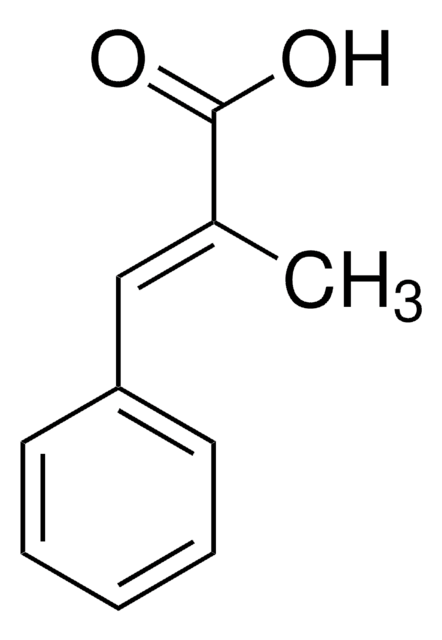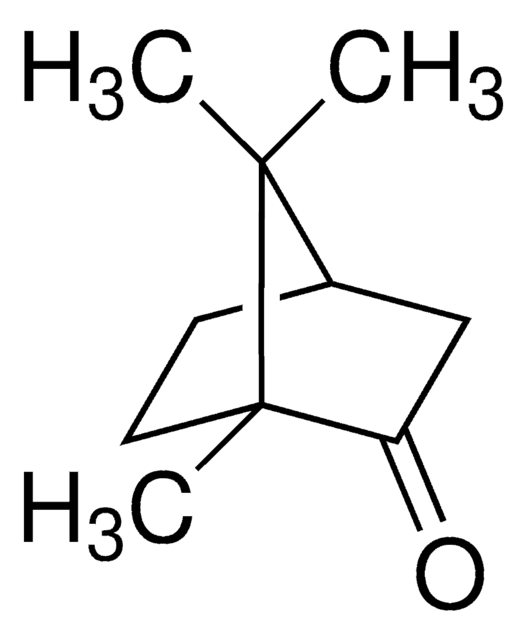推荐产品
等級
for X-ray fluorescence analysis
品質等級
形狀
solid
技術
XRF: suitable
溶解度
water: partially soluble
正離子痕跡
Al: ≤0,001%
Ba: ≤ 0,001%
Ca: ≤ 0,001%
Co: ≤ 0,001%
Cr: ≤ 0,001%
Cu: ≤ 0,001%
Fe: ≤ 0,001%
K: ≤ 0,001%
Mn: ≤ 0,001%
Mo: ≤ 0,001%
Ni: ≤ 0,001%
Pb: ≤ 0,001%
Si: ≤ 0,001%
Sr: ≤ 0,001%
Ti: ≤ 0,001%
V: ≤ 0,001%
儲存溫度
no temp limit
一般說明
分析報告
Al(铝): ≤ 0,001
Ba(钡): ≤ 0,001
Ca(钙): ≤ 0,001
Co(钴): ≤ 0,001
Cr(铬): ≤ 0,001
Cu(铜): ≤ 0,001
Fe(铁): ≤ 0,001
K(钾): ≤ 0,001
Mn(锰): ≤ 0,001
Mo(钼): ≤ 0,001
Ni(镍): ≤ 0,001
Pb(铅): ≤ 0,001
Si(硅): ≤ 0,001
Sr(锶): ≤ 0,001
Ti(钛): ≤ 0,001
V(钒): ≤ 0,001
法律資訊
儲存類別代碼
11 - Combustible Solids
水污染物質分類(WGK)
WGK 1
相关内容
Atomic spectroscopy uses the energy absorbed or emitted by electrons to identify and quantify the elemental composition of a sample. It includes various analytical techniques, such as AAS, AES, FAA, GFAA, ICP-OES, ICP-MS and XRF.
Atomic spectroscopy uses the energy absorbed or emitted by electrons to identify and quantify the elemental composition of a sample. It includes various analytical techniques, such as AAS, AES, FAA, GFAA, ICP-OES, ICP-MS and XRF.
Atomic spectroscopy techniques like AAS, AES, ICP-OES, and ICP-MS identify and quantify elemental composition in samples.
我们的科学家团队拥有各种研究领域经验,包括生命科学、材料科学、化学合成、色谱、分析及许多其他领域.
联系技术服务部门






